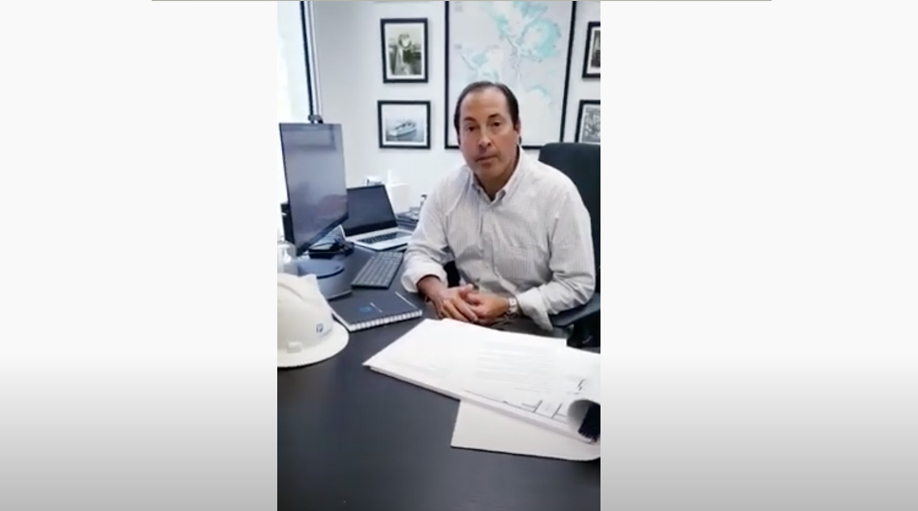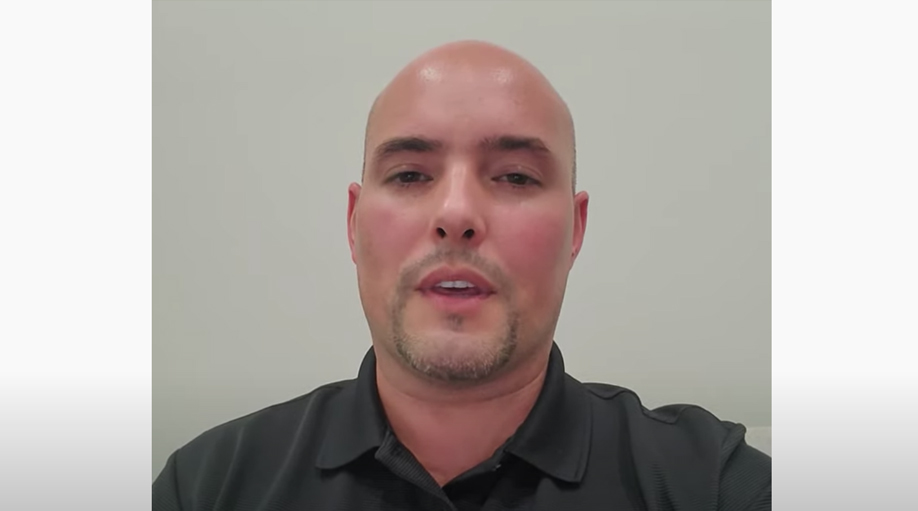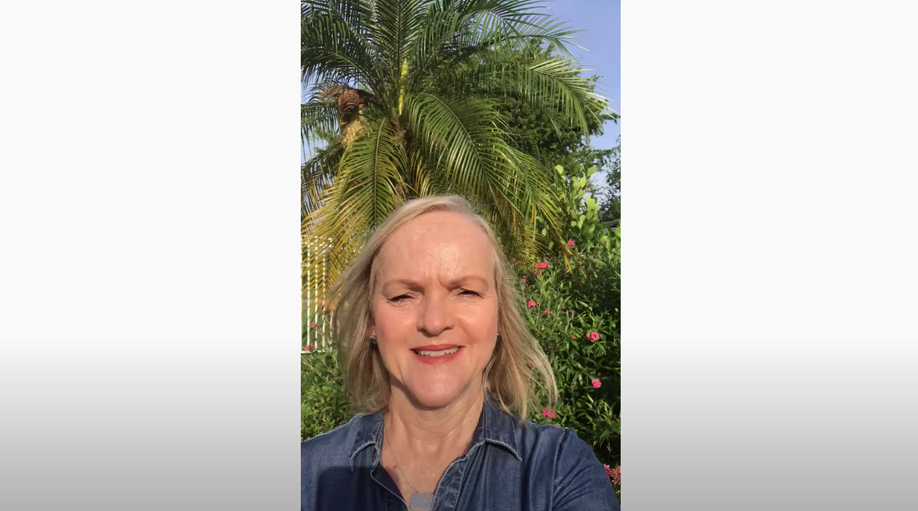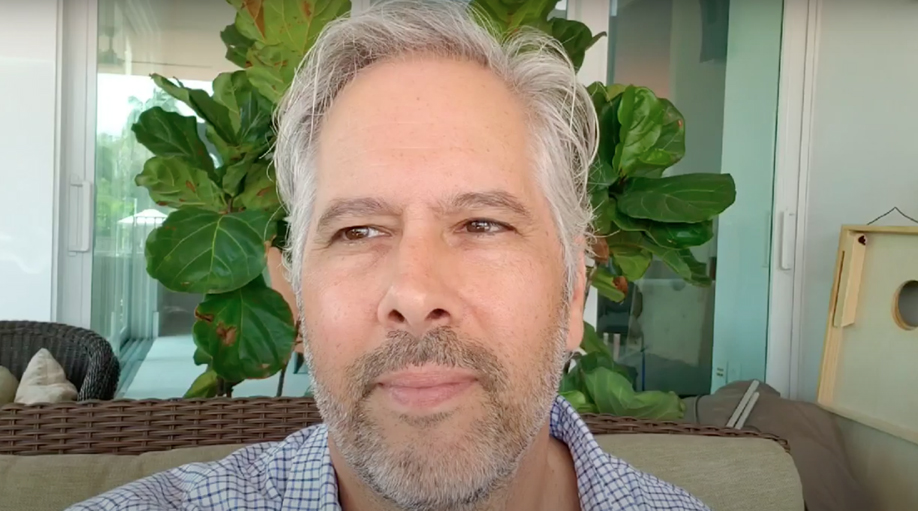
As we miss the collegiality and information flow of daily life – and great events including CIASF’s – we have launched question and answer sessions with key real estate executives and thought leaders. Please see how Foundry Commercial’s Jonathan Balthrop is conducting business in the eyes of the pandemic.
We send these emails, most of all, with the hope that you and your family are safe, and your business resilient.
We have seen that the CRE markets across the United States have been strongly affected by the COVID-19 crisis; what are you hearing from the equity partners you work with?
For the majority of our equity partners, the general posture is “pencils down” for new investments. The initial posture when the COVID-19 crisis first hit was not to do anything for 30 days. If a deal was in due diligence, we would request an extension for an additional 30 days or more. Today, we are starting to see some groups start considering new investments, but the majority of the groups are still on hold.
Speaking of today, essentially over a month into the crisis, what are the conversations with these groups centering around as compared to initially?
The first step was to take stock of your own portfolio – going into asset management mode. For example, the first thing we did with our billion-dollar portfolio was to evaluate the strengths and weaknesses of each project and run sensitivity analysis on different scenarios. Now, most groups have their arms wrapped around their own portfolio, so there are some groups beginning to consider potential investments. Groups considering new opportunities are going to be increasingly selective. Since the effect of the crisis is not defined, they want to ensure that they are going to price in risk to any deal they may consider. As it stands today, the gap between the buyer and seller is too wide, as sellers are reluctant to reduce pricing, and buyers want to be compensated for taking the risk as the impact is still developing. Buyers and sellers have yet to agree on what an appropriate risk-adjusted price and corresponding return is in the current environment.
How about lenders during this time? What are you currently seeing from lenders?
The debt market has been a difficult component. CMBS and debt funds have largely shut down, life companies are going to be inherently lower leverage and increasingly selective, and the banks (who were thankfully in a strong position to deal with this) have been inundated with the same rent relief requests that owners have experienced. They have further been strained by the PPP, which has limited their ability to do and quote new business. As a result, across the spectrum, the pool of potential lenders has thinned out. In our transactions, we have seen as much as a 10% swing in what you would pay a month ago from today, due solely to the uncertainty in the debt markets. I think if we see one bright light in this it is the importance of the strength of sponsorship. We believe that Foundry will fare well through this strength of sponsorship test.
It seems that we don’t know an end date to this upheaval with predictions all over the place, questions about when will we have the vaccine, etc. Yet we are seeing some stabilization; how can this be?
The stabilization of the credit market is largely attributed to the stimulus. The Fed is trying to keep the economy going, but at what point does that translate to new transaction activity happening in the real estate market? This will become more clear as businesses reopen, as tenants get back to work, as people need new space and there is more clarity regarding the ‘endpoint’. That is the piece that is still unknown, but with every week we can gain more perspective and clarity as to how we will move forward. The question will remain, what is the long term impact and how does it play into the bid-ask spread? We will start seeing this answer once the uncertainty is lessened.
Can you comment on the different asset types and how this may affect them?
Certainly, there are users that are still out there accelerating during this time. We are very active in the industrial space, and if there is an asset class that is most well-positioned, industrial is it. There are some fundamental attributes of industrial that have only been confirmed and accelerated both the eCommerce side and the supply chain side. Holding more inventory domestically should translate into more space demand for industrial space. We still have deals and transactions today that are moving forward. We have a development in Miami, for example, where our bank is still honoring terms and we are moving forward. In-office, people are taking a ‘wait and see’ approach. How does the work from home affect the space needed? Maybe this will be offset by the added space needed in the workplace for distancing purposes? Not sure if it results in a material net difference in office occupancy, as we anticipate tenant defaults will offset demand for new space. This is also relevant even in industrial. Our questions are “What happens to vacancy, lease-up time, rental rates, cap rates?” We took a hard look at our projects and wanted to see what happens in different scenarios. We looked at prior downturns and also made some subjective estimates, not because we know, but because we wanted to understand the potential magnitude of the impact. All this tied back to what does the market looks like on the backside of this. Since we don’t know, all we can do is prepare ourselves. What was our downside case a month or a few weeks ago, maybe the baseline case today.
Enjoyed this Q&A and want to share? Click here.






